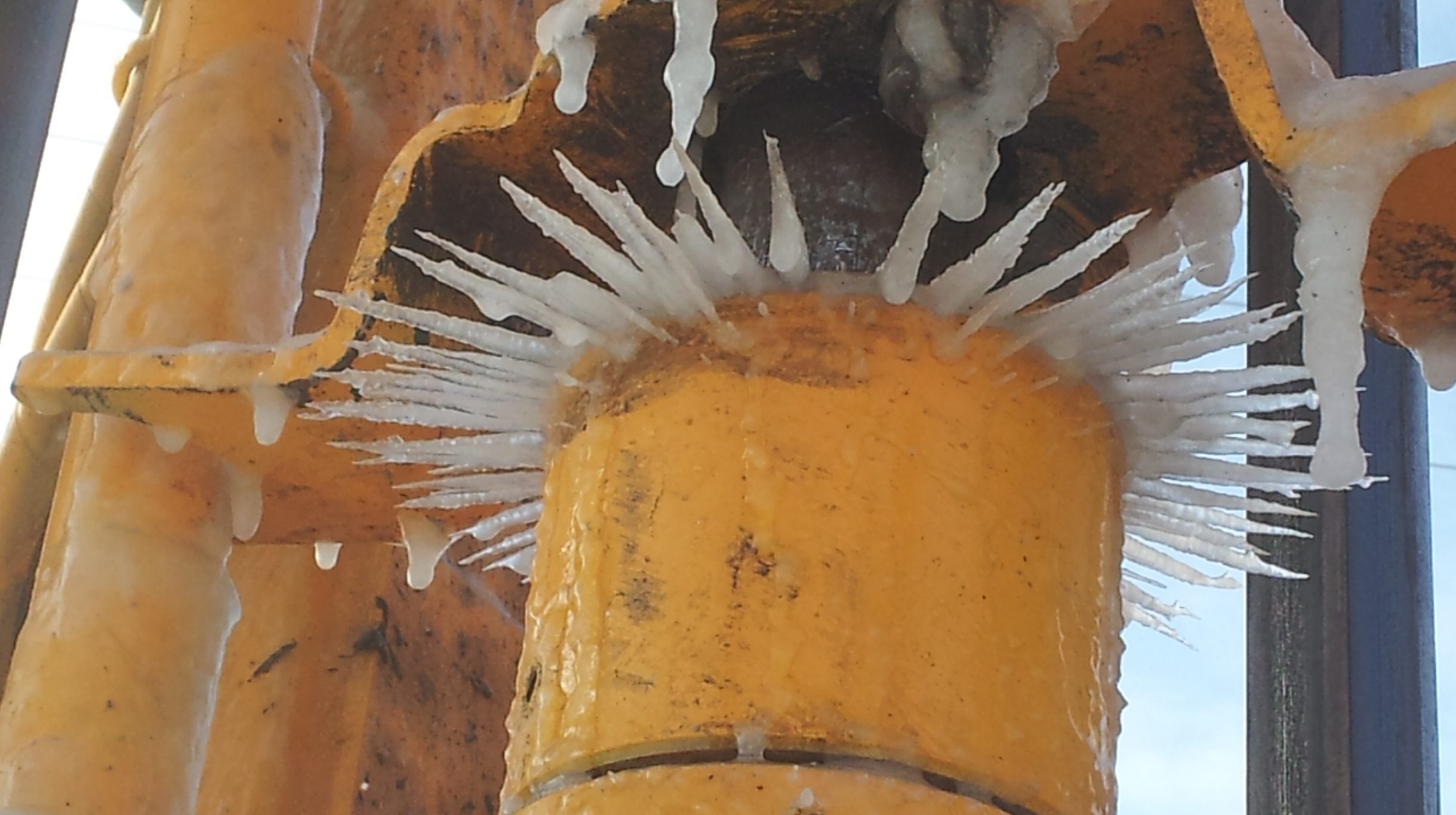Myth #1 – Field work during the winter months is more costly
Adverse weather conditions CAN cause delays during a field work program and result in increased costs. However, field personnel and subcontractors (e.g., drillers) often have more availability during the winter months and may offer discounted rates. As a result, pricing tends to be fairly consistent through the winter season.
Myth #2 – Environmental remediation work is less effective
Subsurface migration of contaminants may be slowed during the winter months, when the ground is frozen, which provides ideal conditions for environmental remediation. For example, if soil excavation work is conducted beneath the water table under frozen conditions, the groundwater will not necessarily infiltrate the excavation and require extensive dewatering. Dewatering can be costly and cause scheduling delays during a remediation project.
Myth #3 – Plant and animal species will not be impacted by winter construction projects
This may be true, depending on the conditions present in the natural environment, but a qualified ecologist should always be retained to determine if plant and animal species will be impacted during a construction project. Some amphibians, for example, may be identified on or adjacent to construction sites. These amphibians often hibernate in surface water features or beneath the ground surface during the winter months.
Myth #4 – Cold stress should only be a consideration when working outside during the winter months
Cold stress can actually happen any time of year under the right conditions. It is also important to note that cold stress is not only caused by low temperatures – but the weather as a whole. Temperature, precipitation, cloud cover, humidity, wind speed and wind direction all play a role in how weather conditions will affect working outdoors. In fact, hypothermia most often occurs in the spring and fall when temperatures are dropping and it’s damp outside, not the winter.
Article by Troy Jones






